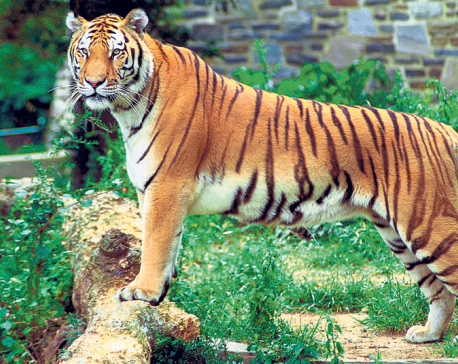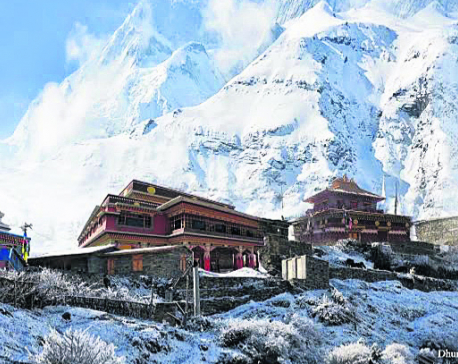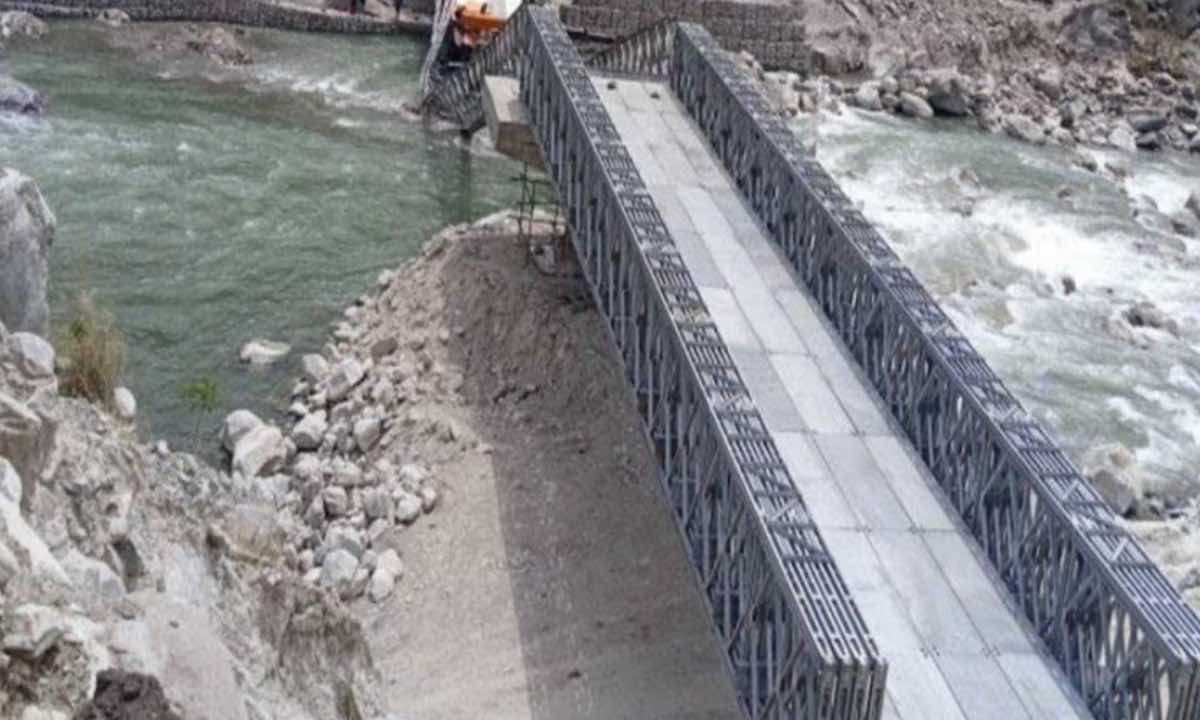
OR
Nepal to conduct census of aquatic birds from January 4
Published On: January 2, 2020 11:39 AM NPT By: RSS
KATHMANDU, Jan 2: The presence of aquatic birds in the country's wetlands looks fascinating, as the migratory birds have arrived in search of warm habitat, food and good environment for reproduction.
Some birds have come by travelling a long distance while rests of them make internal migration from the mountainous region of Nepal to the wetlands in the southern plain.
On the same backdrop, a census of the water birds is taking place from Saturday to take stock of the indigenous and migratory birds in the wetlands. The census will continue until January 19. Some 300 plus human resources will be mobilized from diverse sectors including experts and officials.
National coordinator of the aquatic birds counting Dr Hem Sagar Baral said that local community and stakeholders would be brought on board in the counting meant for making them aware of a conservation drive.
The counting will be concentrated in more than five dozens wetlands, lakes and rivers across the country, with a special focus on the wetlands of the Tarai region. The Wetland International also initiates bird counting across the globe in this season.
The details of the counting would be submitted to the National Parks and Wildlife Conservation Department before making it public, Dr Baral shared. According to Birds Conservation Nepal, Nepal houses 886 plus species of birds. Of them, 150 plus birds are the migratory birds in winter and 60 in the summer season.
As high as 150 species of birds come to Nepal from the north pole in search of favorable weather, safe habitat and pastureland. Experts say that the birds arrive in Nepal from Russia, Kirgizstan, Turkmenistan, Uzbekistan, Azerbaijan, China, Mongolia, Europe and Korea after the beginning of snowfall in the region.
Such migratory birds coming to escape severe cold spend their time in the wetlands of Koshitappu, Bishajari Lake, Jagdishpur, Ghodaghodi Lake, Shuklaphanta, Koshi and Gandaki rivers and their tributaries until they go back to their original habitats.
Officials said that the number of waterbirds is decreasing in the recent years due to shrinking and depletion in the wetlands; increased use of chemical substances in agriculture and water sources; smuggling and illegal trade of birds; change in climate pattern and global warming, and some other reasons.
You May Like This

Health ministry confirms three new COVID-19 cases, number of total cases reaches 295
KATHMANDU, May 17: Nepal reported three new cases of COVID-19 on Sunday evening, taking the national tally to 295. ... Read More...

Nepal and India to conduct joint tiger census using same method
CHITWAN, Oct 2: Nepal and India are going to conduct a joint head count of tigers in the national parks,... Read More...

Dhurmus, Suntali to build ‘a Nepal within Nepal’
KATHMANDU, June 5: After successfully completing three settlement projects for earthquake victims and other communities, the actor couple Sitaram Kattel (Dhurmus)... Read More...





Just In
- Gold items weighing over 1 kg found in Air India aircraft at TIA
- ACC Premier Cup semi-final: Nepal vs UAE
- Sindhupalchowk bus accident update: The dead identified, injured undergoing treatment
- Construction of bailey bridge over Bheri river along Bheri corridor reaches final stage
- Taylor Swift releases ‘The Tortured Poets Department’
- India starts voting in the world’s largest election as Modi seeks a third term as prime minister
- EC seeks cooperation for free and fair by-election
- Bus carrying wedding procession attendees meets with accident in Sindhupalchowk; three killed














Leave A Comment